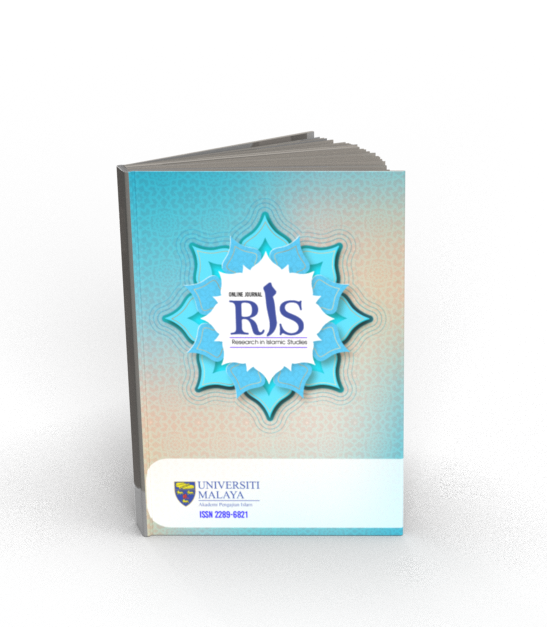Main Article Content
Abstract
The fell of the Khilāfah Islāmiyyah system had caused the emergence of Islamic movements on some Muslim country such as al-Ikhwān al-Muslimūn from the Middle East and Jamā‘at al-Islāmi from India-Pakistan. Meanwhile in Malaysia, Angkatan Belia Islam Malaysia (ABIM) emerge as one of the Islamic movements. Before ABIM was founded, the predecessors of it was from an Islamic student movement which was founded earlier known as Persatuan Kebangsaan Pelajar Islam Malaysia (PKPIM). Nowadays, there are some activists’ movements trying to fight for Islam. Unfortunately, they were using false approach such as religious extremism and liberalism. These confusions were caused by the lack of clear and right principles in those movements. The purpose of this article is to state and elaborate the main principles held and practised by PKPIM. This research approach is qualitative. Content analysis and descriptive were used as research design. The data was collected through documentation and observation. The concept of wasaṭiyyah in Islam was used as the conceptual framework to analyse the collected data. It was found out that the main principles practised by PKPIM were in comply with the principles of wasaṭiyyah in Islam.
Keywords
Article Details
Copyright (c) 2024 Online Journal of Research in Islamic Studies

This work is licensed under a Creative Commons Attribution-NonCommercial 4.0 International License.
Copyright Notice
By submitting manuscripts to the Online Journal of Research in Islamic Studies (RIS), authors agree to transfer copyright to the journal. However, authors may republish their work or grant others permission to republish it; in which case it should be accompanied by a proper acknowledgment that the work was originally published in the Online Journal of Research in Islamic Studies (RIS). The journal adopt CC-BY-NC licence which authors may also share and distribute their article anywhere of non-commercial website, social media and repositories immediately on publication.
Authors may also reuse the Abstract and Citation information (e.g. Title, Author name, Publication dates) of their article anywhere at any time including social media such as Facebook, blogs and Twitter, providing that where possible a link is included back to the article on the journal site.
